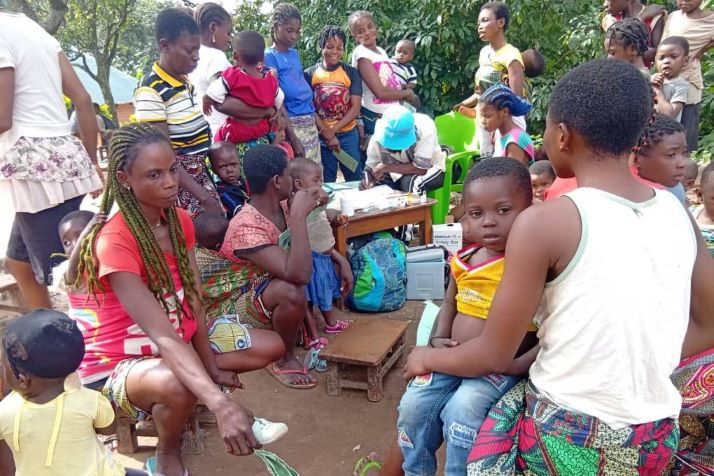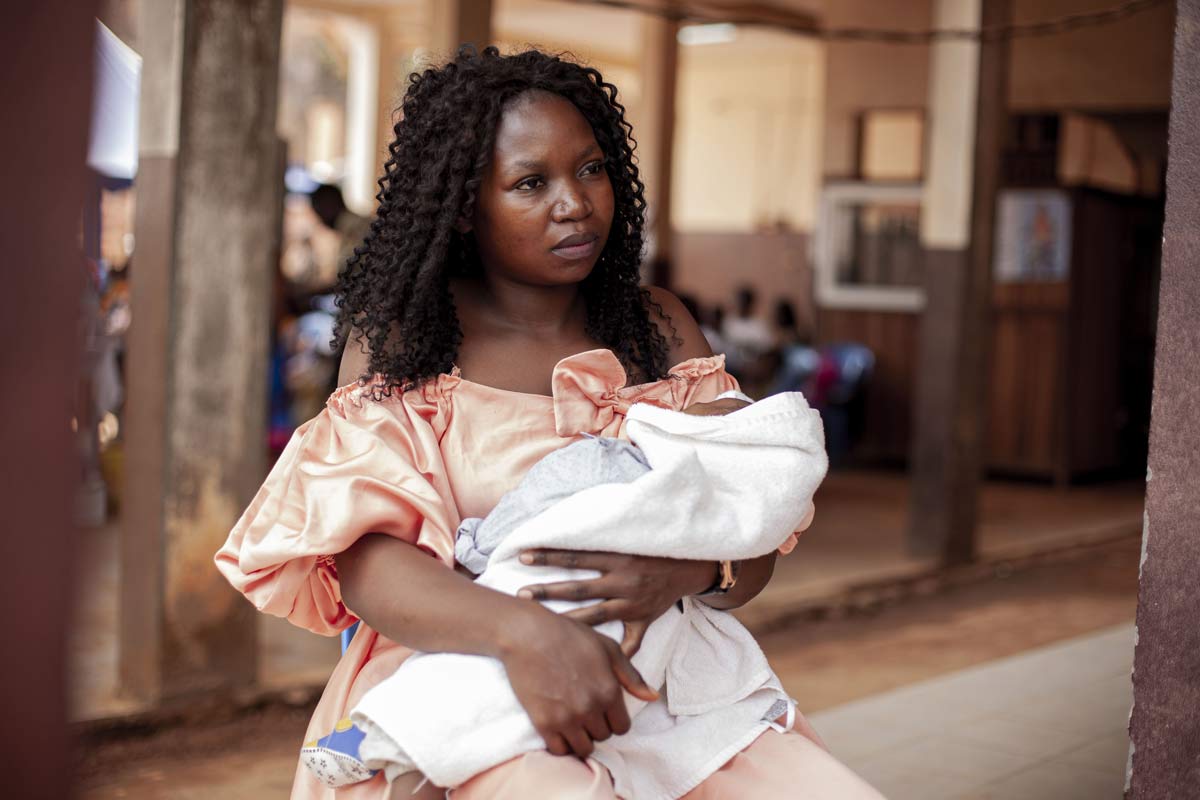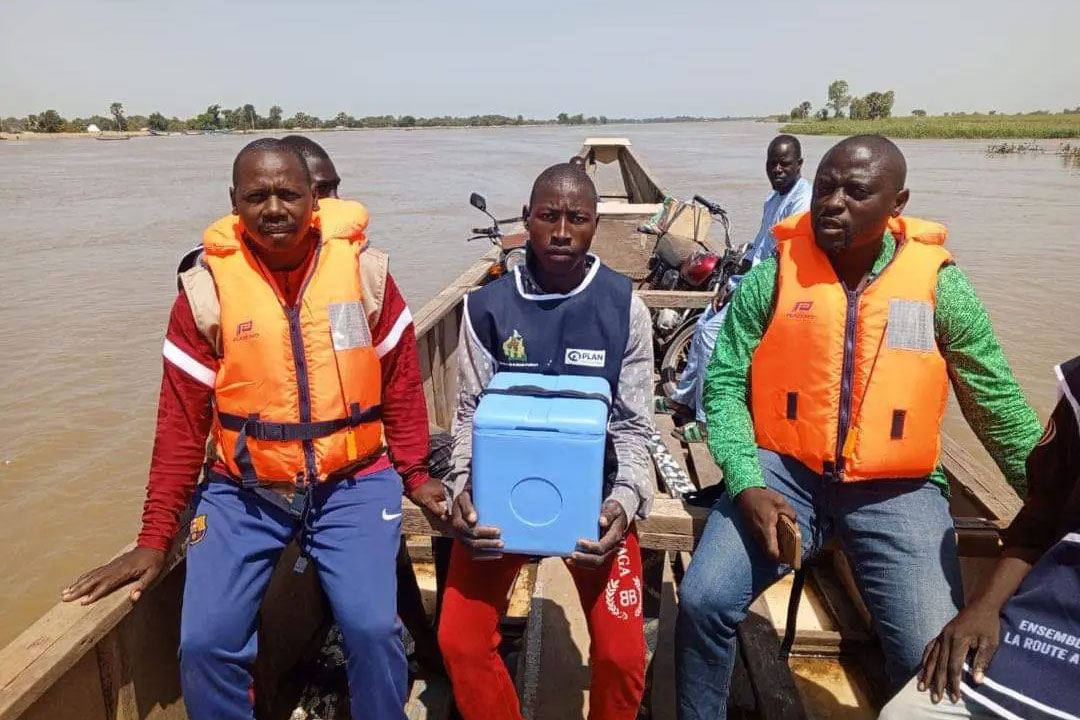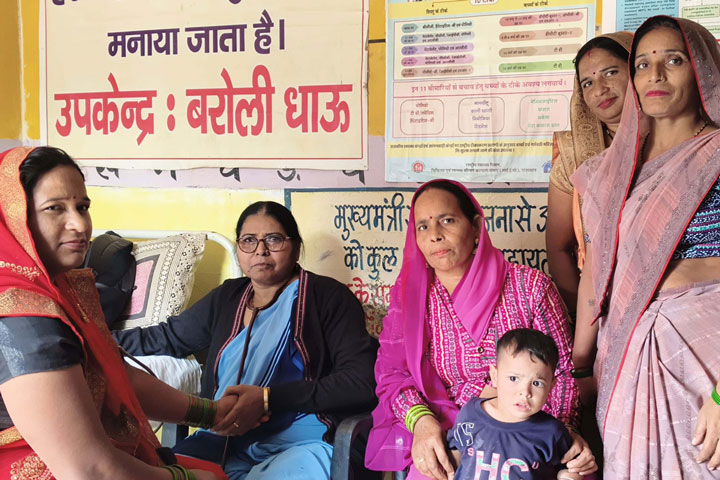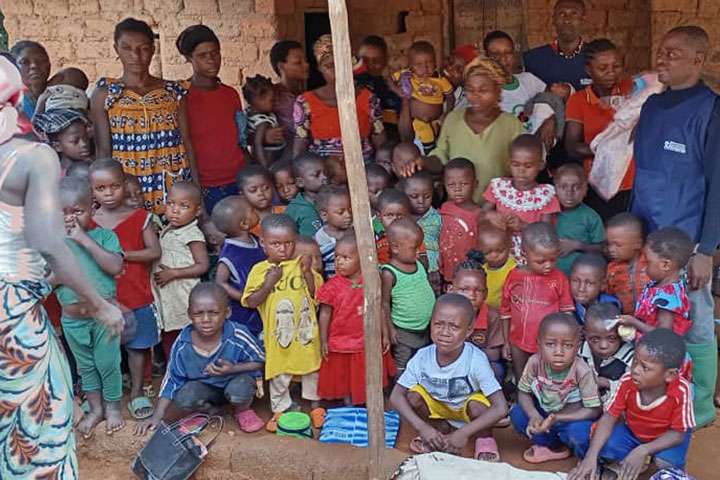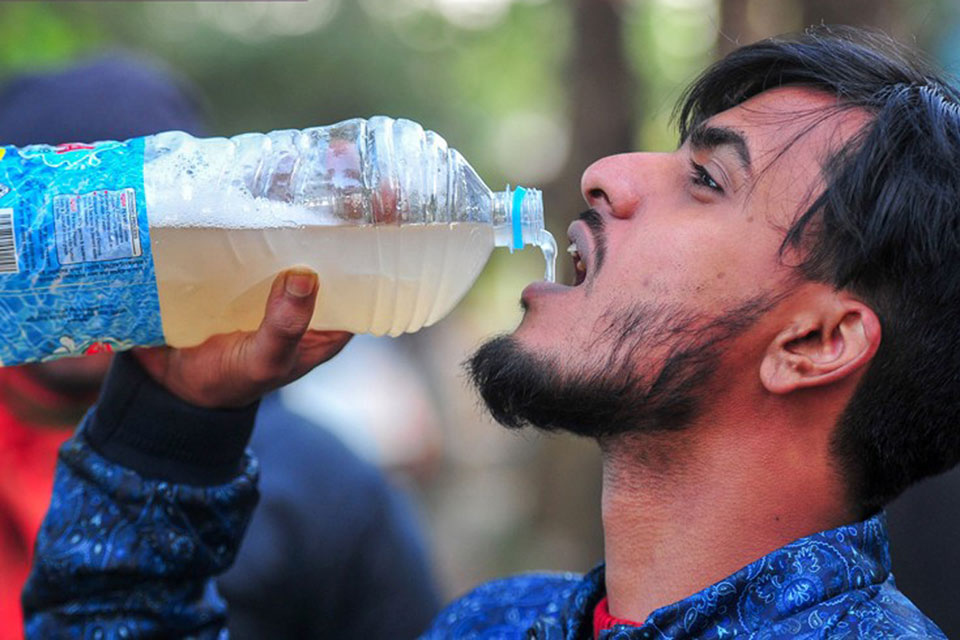Cholera in Cameroon: when climate disaster unleashes an epidemic
In Cameroon’s north, cholera has struck communities already reeling from the devastating effects of climate change.
- 6 February 2025
- 7 min read
- by Nalova Akua
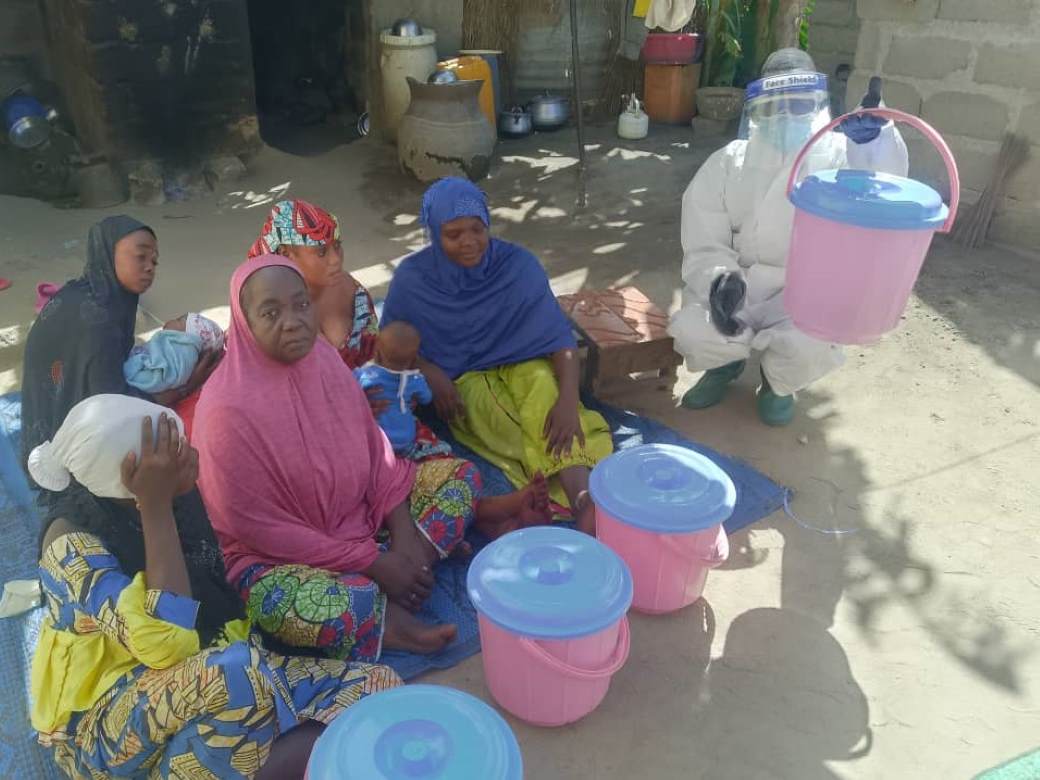
November turned into a nightmare for the Abba Gana family, who live in Douggoï, a remote locality in Cameroon's Far North. Abba Gana and his two wives all contracted cholera. It started with one of his wives, said Abba Gana, then Abba Gana himself, and finally his second wife all falling dangerously ill within 72 hours.
“I started having stomach pain, followed by diarrhoea that lasted an entire day. I was referred to the hospital,” recalls Habiba, one of Abba Gana’s wives, speaking over the phone.
“My co-wife was vomiting and had diarrhoea at the same time. Our husband started having diarrhoea, followed by vomiting,” said the 35-year-old mother of six.
In Douggoï and its surroundings, the impact of a recent cholera outbreak is still fresh in many people’s memories, causing recurring nightmares. Ben Hassan Gambo Hamadou, 36, was traumatised as he watched his 12-year-old niece, Aisha Riani, struggle for days against the waterborne bacterial infection.
“She had stomach pains and began having diarrhoea. She was also vomiting,” he recalls. “We took her to the hospital, where she received free treatment.”
Meanwhile, 17-year-old Falmata Boukar had to drop out of school for a week in November to receive treatment for cholera. For her, this bitter experience left an unforgettable lesson.
“I now wash my hands with soap after using the toilet and before eating. I also wash fruit before consuming it,” she says.
Outbreak’s origin
The cholera outbreak was first reported in the Far North region of Cameroon on 8 November 2024, after four patients from the same family were admitted with severe diarrhoea to local health centres. Rapid diagnostic tests confirmed cholera. On 10 November, two more cases were confirmed.
In total, 127 people have been affected, and two community deaths were recorded since the first case was reported in epidemiological week 44, according to statistics from the regional disease and prevention centre of the Far North.
By year’s end the outbreak was slowing. The centre’s coordinator, Dr Mairousgou Tchida Céline, told VaccinesWork in an interview late in December that no new cases had been reported over the previous two weeks and that all hospitalised patients had been discharged.
Between floods and drought
Severe floods hit the Far North region in August, September and October 2024, affecting 459,000 people. These floods exacerbate the risk of cholera outbreaks by raising the risk that water sources will be contaminated.
Poor sanitation and limited access to safe drinking water contribute to the risk of cholera transmission in a region that hosts thousands of refugees and internally displaced persons.
Cameroon has experienced multiple cholera outbreaks in recent years, with the Far North being one of the hardest-hit areas. The region has faced cholera epidemics every two years since 2010.
According to Eugene Nforngwa, a climate change and development expert in Cameroon, cholera’s spikes in the Far North are “deeply rooted” in the interaction of climate, water resources and public health vulnerabilities.
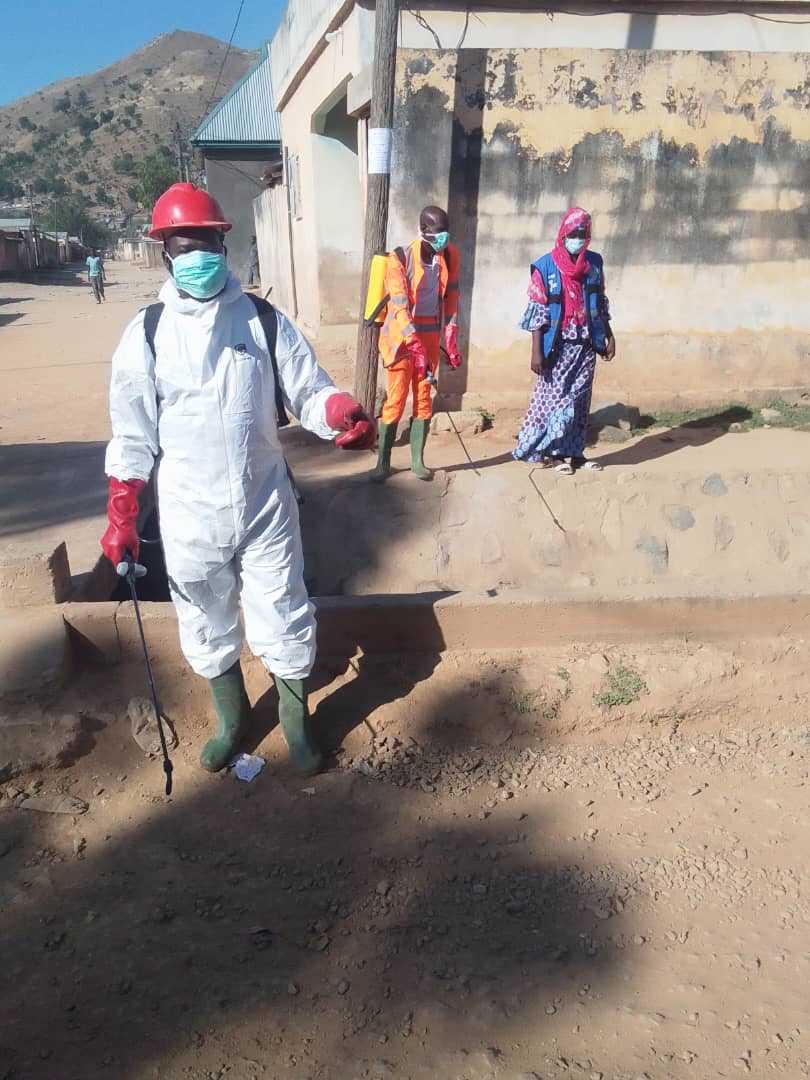
Credit: Yaya Mohamadou Bouba
“The region’s fragile climate, marked by irregular rainfall, creates a dangerous cycle. Intense flooding damages infrastructure, contaminates water reserves, and fosters the spread of waterborne diseases like cholera,” he told VaccinesWork.
He adds that flooding in the region is often followed by lengthy periods of drought, which worsen water shortages and limit access to safe drinking water and sanitation.
“This deadly combination is amplified by climate change, which is making extreme weather events more frequent and more severe,” he says. “Similar challenges could arise in other parts of the country, as prolonged dry seasons become the norm.”
With its heavy rains alternating with a seven- to eight-month dry season, northern Cameroon appears most vulnerable to climate change. The cholera outbreak further underlines the link between health and climate change.
Patrick Forghab Mbomba, Deputy Director-General of Cameroon’s National Observatory on Climate Change, told VaccinesWork that floods and droughts in the country’s Far North region have a “very strong link” to cholera outbreaks.
Flooding, he explains, often contaminates drinking water sources with pathogens, while wastewater and refuse overflow into potable water reserves.
“Dry periods, on the other hand, reduce water availability, forcing communities in this region to rely on contaminated water sources, thus increasing the risk of cholera transmission,” says Mbomba.
“During water shortages, hygiene practices generally decline in the Far North, as people have limited access to safe drinking water for handwashing and sanitation, creating favourable conditions for cholera outbreaks.
Given how water availability depends on temperature this season, such scenarios are very likely to occur not only in the Far North, but also in certain crowded areas in the south of the country.”
An “urgent” and “integrated” health-climate response
Several initiatives have been implemented in the Far North region to curb the spread of cholera. More than 200 community health workers (CHWs) have been deployed in the Maroua I, II, and III areas, the epicentres of the recent outbreak.
These CHWs visit households, churches, and mosques twice a week to raise awareness of cholera prevention measures. They also distribute free detergents and products such as Aquatabs to the population.
“They also clear debris from the streets, spray disinfectant and clean out drainage channels,” explains Yaya Mohamadou Bouba, Communications Focal Point and CHW Focal Point for Maroua I, II, and III.
“Unfortunately, there is a lack of resources for debris collection and gaps in proper waste disposal,” he laments.
Dr Hamadou Bava Boubakary, Regional Delegate for Public Health in the Far North, says households are being educated on techniques to make water safe for drinking.
“We distributed tablets to the population to purify their drinking water,” he notes. “If these tablets aren’t available, water can be treated with chlorine (bleaching) or by boiling it for a certain period, letting it settle, re-oxygenating and then consuming it.”
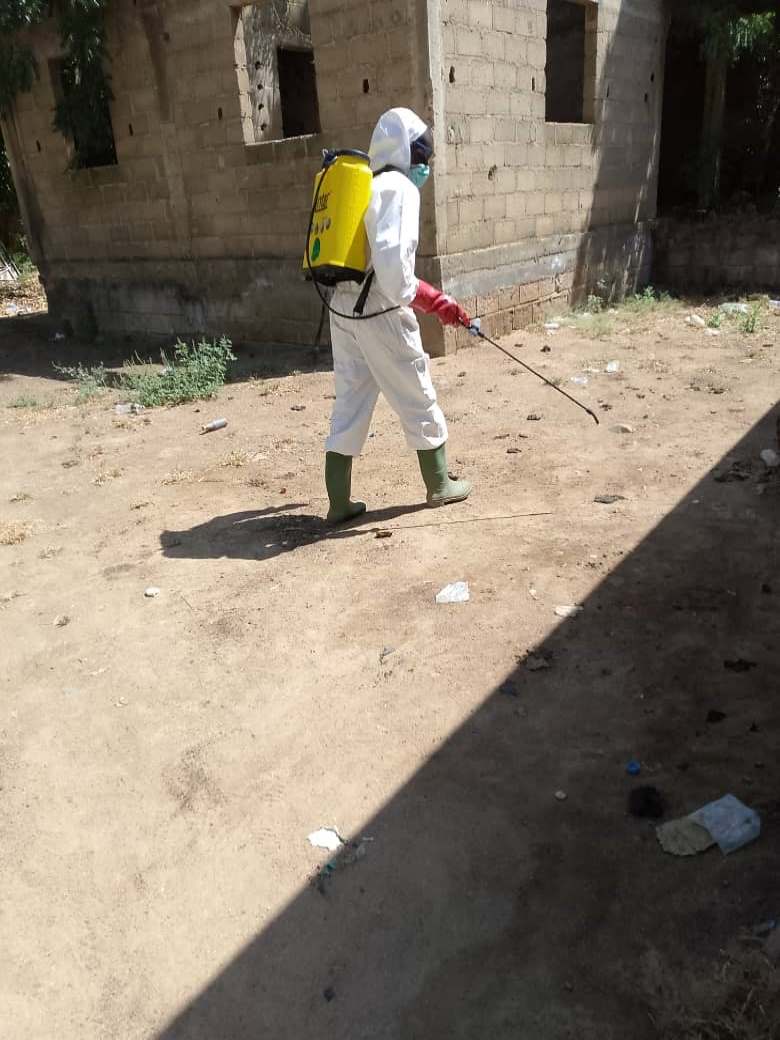
Credit: Integrated Health Centre of Douggoï
The public health expert also notes that the fight against cholera is multisectoral and involves all stakeholders, including local administrative authorities.
“We continue awareness efforts with the involvement of administrative authorities at all levels.”
Dr Mairousgou Tchida, an intervention epidemiologist at the Far North Regional Disease and Prevention Centre, welcomes the fact that for several years, the Cameroonian government’s strategy has been to “strengthen the capacity of healthcare personnel for early detection and proper case management.”
“A particular emphasis is also placed on community-based actions. We believe that the combination of all these measures has helped us contain this outbreak,” she states.
“To prevent cholera, we encourage the population to follow preventive measures, including drinking safe water, washing hands, consuming washed or properly cooked food, and using latrines.”
Climate change and development expert Eugene Nforngwa stresses that addressing both cholera and climate change challenges requires an “urgent” and “integrated” health-climate response.
Strengthening health systems is crucial, he explains, including investments in disease surveillance, rapid response mechanisms, and improved sanitation infrastructure.
“Building climate-resilient water supply systems is just as important to ensure access to safe water, even during shortages. Community-based early warning systems can help predict and prepare for floods and droughts, while aligning health and climate policies can ensure these issues are tackled in a coordinated way,” he says.
Nforngwa adds that communities also play a key role in adapting to these shocks. Protecting water sources, harvesting rainwater and promoting efficient water use can help mitigate the impact of water scarcity.
“Hygiene education is essential to reduce disease transmission, especially after floods. By engaging in local decision-making processes, communities can ensure that their needs are reflected in adaptation plans,” he concludes.
